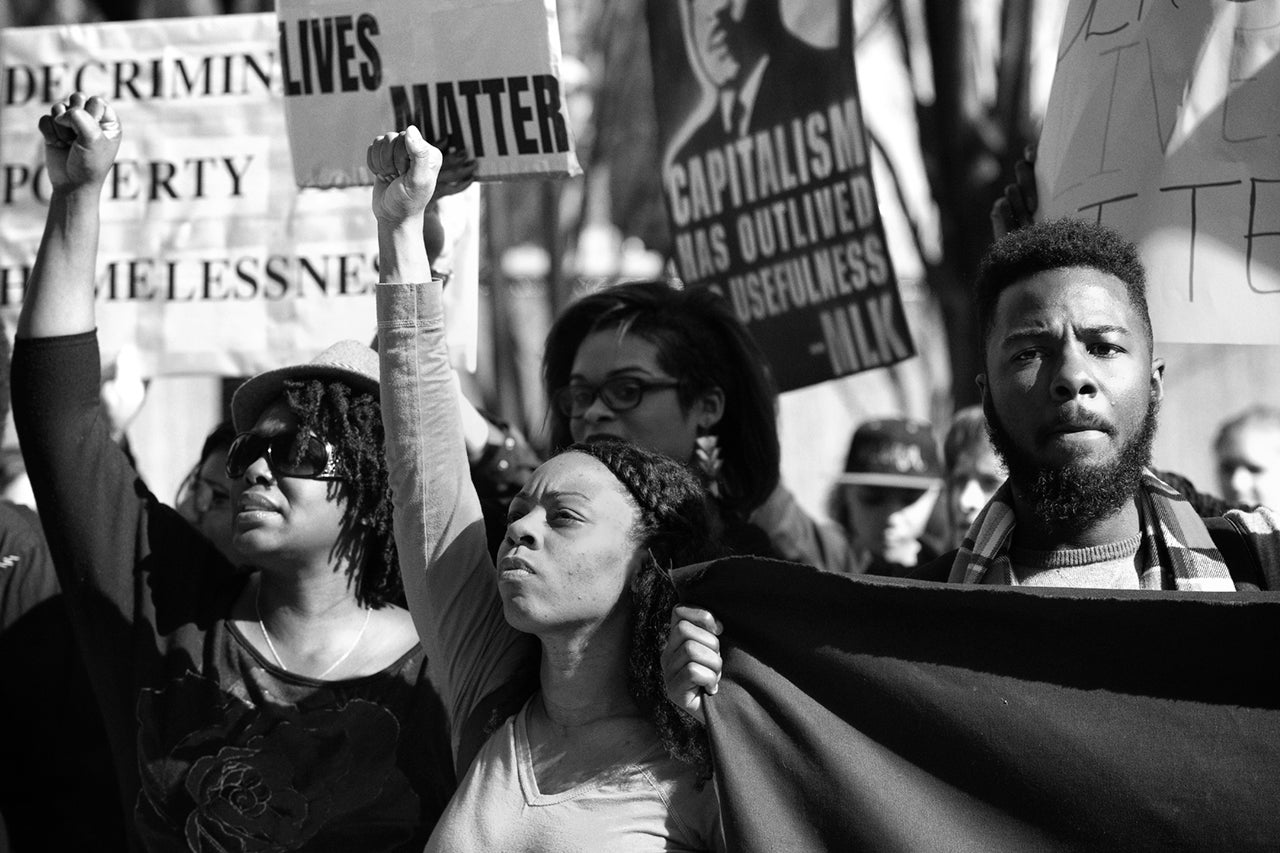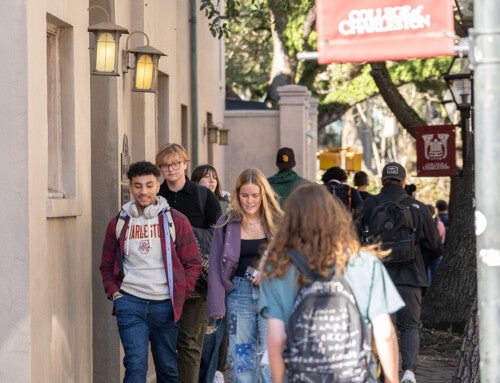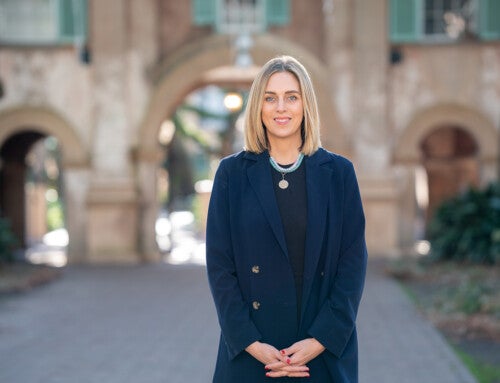Say this phrase out loud: “The new south.” Now ponder what it means to you. It’s likely that your interpretation of those words differs from that of your co-workers, peers or relatives. That’s because the phrase has become nearly ubiquitous with meanings that shift to suit the perspective of whoever utters it.

This month, and until March 2, 2019, you’ll find photographic interpretations of the “New South” on display at the College’s Halsey Institute of Contemporary Art and Charleston’s City Gallery at Waterfront Park in the Halsey’s exhibit, “Southbound: Photographs of and About the New South.” And that phrase will come into sharp focus on Friday and Saturday, Jan. 11-12, 2019, when the Halsey co-hosts “Public Memory in the New South” – a symposium designed to examine what we remember and forget in this region and how we choose to frame those recollections in order to arrive at a collective sense of identity in today’s South.
RELATED: Learn more about the Halsey’s Southbound exhibit.
According to “Southbound’s” co-curator, political science professor Mark Long, “This symposium reflects sustained interest on the part of photographers working in this region whose images speak to what and how we remember and forget, in settings from Civil War reenactments to overlooked sites from the Civil Rights era. It’s also about this moment in the South as the politics of memory has moved to center stage in places from state grounds and university campuses to memorials honoring victims of racial hatred in Montgomery, Alabama, and Charleston.”
The keynote speaker for the two-day symposium is renowned photographer Sheila Pree Bright. Based in Atlanta, Bright’s photographs are in the collections of the Smithsonian National Museum of African American History and Culture and the Library of Congress as well as the National Center for Civil and Human Rights and the High Museum of Art, in Atlanta, among many others.

Her work’s sustained focus on the African American experience in the South has involved varied projects that range from depicting day-to-day suburban living as well as scenes from the front lines of the Black Lives Matter movement. Bright’s images often showcase a profound historical sensitivity, which is evident in her 1960Who series, including portraits of locally significant but nationally unsung heroes of the Civil Rights movement in the mid- 20th century.
The symposium kicks off on Friday evening, Jan. 11, with Bright’s talk “#UNAPOLOGETIC,” in the College’s Sottile Theatre at 7 p.m. It continues the following morning in the School of Sciences and Mathematics Building (202 Calhoun St.) when nine different experts will present talks from 10 a.m. to 4 p.m. These individuals will discuss Civil War monuments, violence in the Civil Rights Movement and the Underground Railroad, among other topics.
Among the presenters will be history professor Adam Domby, who specializes in the U.S. Civil War, and alumnus Eliot Dudik ’08, a photographer based in Williamsburg, Virginia, whose work is part of Southbound.
The closing keynote speaker will be noted architect Michael Arad, who designed the National September 11 Memorial & Museum. Arad has been commissioned to design a memorial for Mother Emanuel AME Church in Charleston to honor the nine parishioners murdered there in 2015.
Bright’s keynote address on Friday is co-sponsored by the Avery Research Center for African American History and Culture with support from the College’s Sustainability Literacy Institute. To see a full schedule of “Public Memory in the New South” – and learn about the presenters – visit the Halsey’s website.
Featured image: #ReclaimMLKDay, Black Lives Matter Disrupts M.L.K. Jr. Day Parade, 2015. From the #1960Now series. Photograph by Sheila Pree Bright, keynote speaker at the “Public Memory in the New South” symposium.




